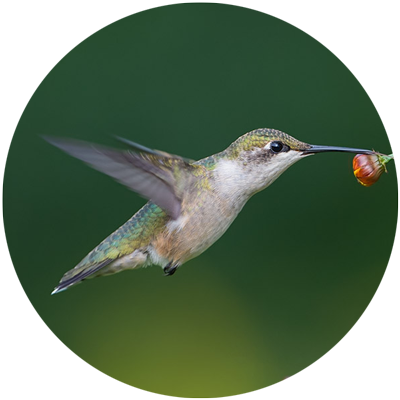
Reflections for land trusts, March 2019
There is some encouraging news out there in the world of climate change.
Land conservation groups are realizing that they need to rethink what it means to conserve land and water in “perpetuity” (for generations to come). That means that these groups are starting to help their communities understand what they can do to slow down climate change—beyond continuing “business as usual.”
The Nature Conservancy is increasingly helping to lead the way in this area by talking about the importance of renewable energy, energy conservation, and land conservation work for the benefit of plants, animals, and communities.
Smaller conservation groups, like the Taos Land Trust (check out their Facebook feed), are helping to connect the dots. Some groups are working to figure out how they could promote solar farms and wind installations, and partner with climate groups to motivate more people to act.
It’s not as hard as you might think. And it doesn’t require a ton of time. Check out Katharine Hayhoe’s TED Talk, as well as the examples below.
Best,

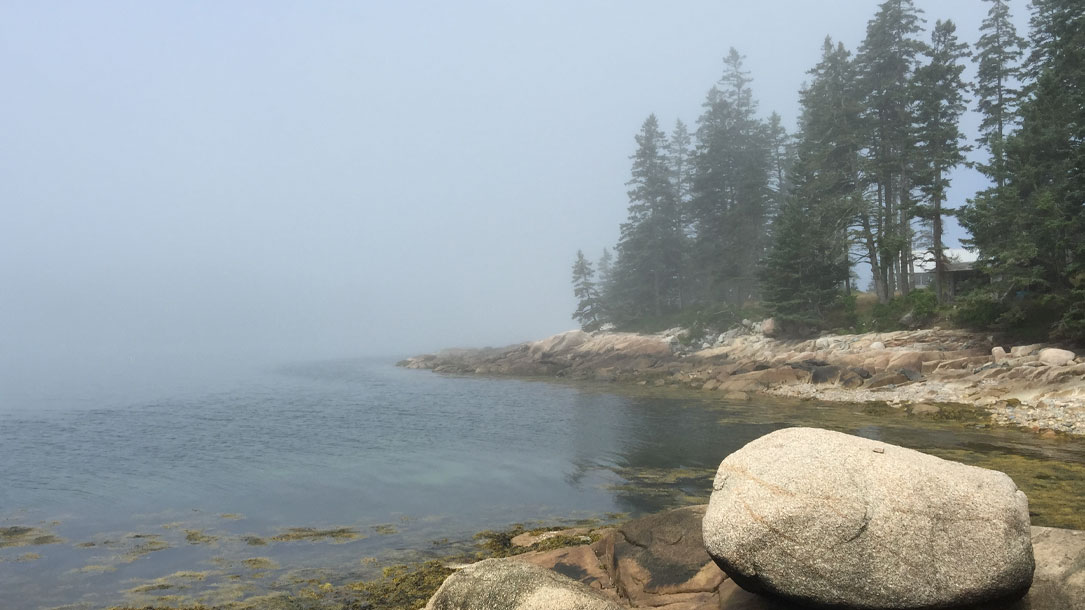
Reflections from Judy, February 2019
I don’t know about you, but here in upstate New York, I’m done with winter. The extreme cold, insane winds, yo-yo temperatures and rains…let’s move on and call it a day. I can’t wait for spring…
But the reality is that unless we slow climate change down—and soon—the weather is going to get increasingly extreme and erratic. That puts stress on farmers and those who make a living on the land as well as everyday folks like you and me. It also puts thousands of species at risk of extinction. We, as conservationists, take the long view and recognize how interconnected our lives are to the lands, waters, and communities we share.
That means we carry an added responsibility to elevate climate change because we know what’s happening. As people who understand and trust science, we see the future risks. We know that we have only 12-15 years to move to renewables…and that means changing our definition of how we approach land and water conservation—and what it needs for generations to come.
It’s a paradigm shift that we have to make. A generation from now, people will ask what you did to help. I think about that almost every day. I’m banking on the fact that together, we can make the change.

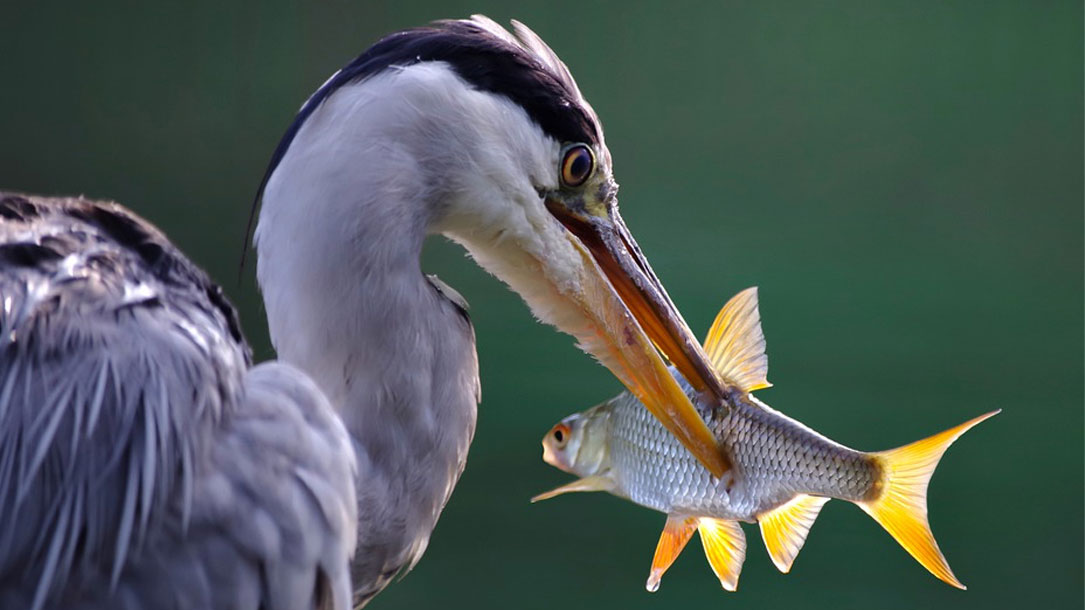
Reflections for land trusts, February 2019
The year is starting off in a very hopeful way. Land trusts are beginning to recognize that they can play a key role in slowing down climate change—and they are doing just that. It’s a natural place for land trusts to be.
The timing couldn’t be better as research has documented that climate change is accelerating, with wildlife and agriculture facing an ever-greater threat and communities grappling with more extreme weather.
Land trusts are, by nature, problem solvers. Add to that—they work with communities, have experience in partnerships and lobbying for conservation initiatives, and have pledged to conserve the lands and waters in their region…in perpetuity.
Slowing down climate change in a meaningful way—and fast enough to avoid massive species die-off and tremendous stresses to agriculture, our economy, and way of life—will take all of us.
Below are a couple of examples of land trusts taking action.
I’d love to hear your thoughts. If you know of other organizations or people who are doing inspiring work, please send me an email.
Best,

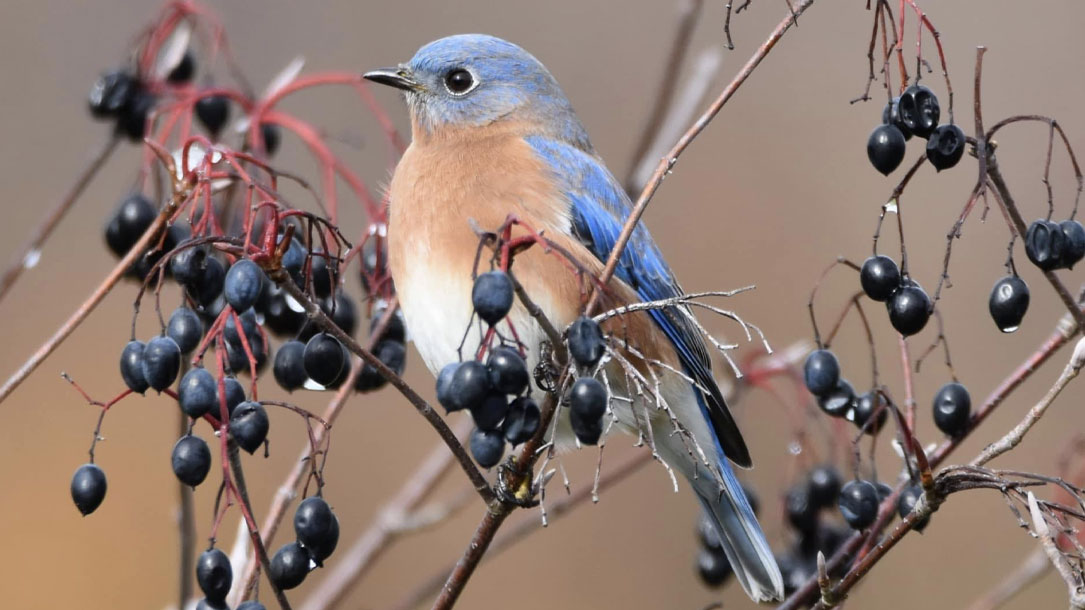
Reflections from Judy, January 2019
There have been some interesting weather events this week. Australia and New Zealand are literally cooking, and here in the northern hemisphere, we are experiencing crazy-cold weather. That’s not by chance. Science is linking warming oceans, the melting of polar ice, and deep freezes and heat events as related to climate change.
The impact on our communities, wildlife, agriculture, and cultural landscapes can’t be underestimated.
That’s why it’s good news that land trusts and the communities we live in are recognizing the urgency of slowing down climate change—including absorbing carbon pollution via trees and soils, and ramping up our renewables as fast as we can. This work is central to conserving the land and waters we love.
Thank you for caring and for inspiring others to take action. If you have topics you want me to cover on slowing climate change down, let me know.

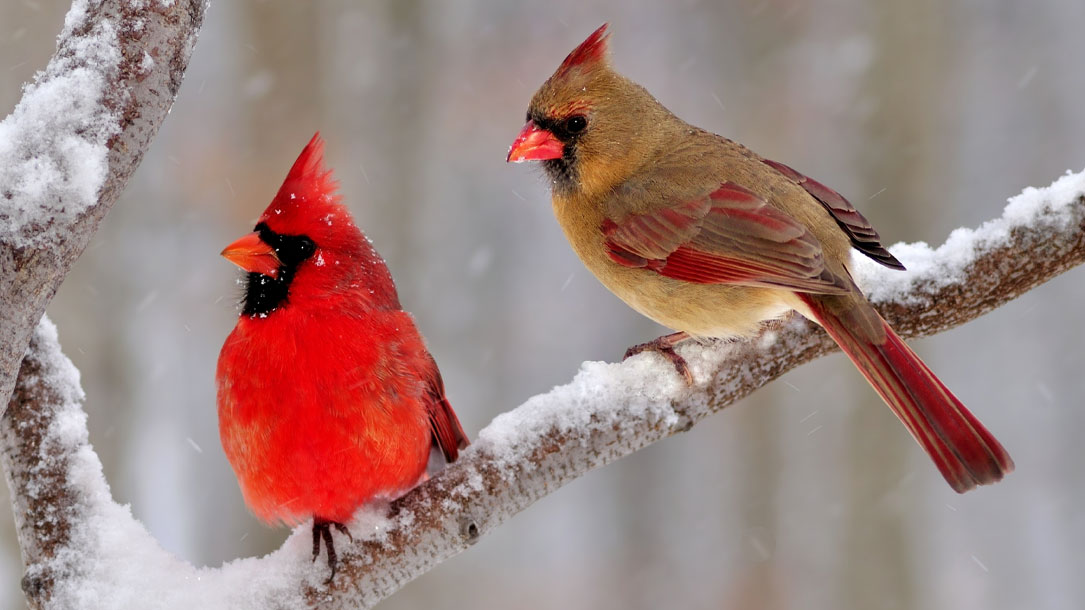
Reflections from Judy, New Year’s 2019
Happy New Year. I’ve been thinking about how we can start off the year with some inspiration and good news related to climate change. That’s not easy, as more research is documenting that climate change continues to accelerate.
To help us all re-energize and face the year with a willingness to lead, I thought I would share with you Hilma Bennett’s (my grandmother’s) recipe for creating a meaningful life. This recipe was written more than 60 years ago, but her ingredients hold true in our collective effort to face the biggest challenge conservation has—and will ever—face.
Recipe for Creating a Meaningful Life
3 cups of courage
2 cups of laughter
6 cups of energy, joy or zest
1¾ cups of tears
Mix the first three ingredients together well, moisten with tears as needed or necessary. Mixture should be soft but not sloppy, or sticky.
Thank you for caring and for your desire to help take action to slow down climate change. As conservationists, this means changing the paradigm. Our collective lives and much of what we treasure depends on it.
Best,

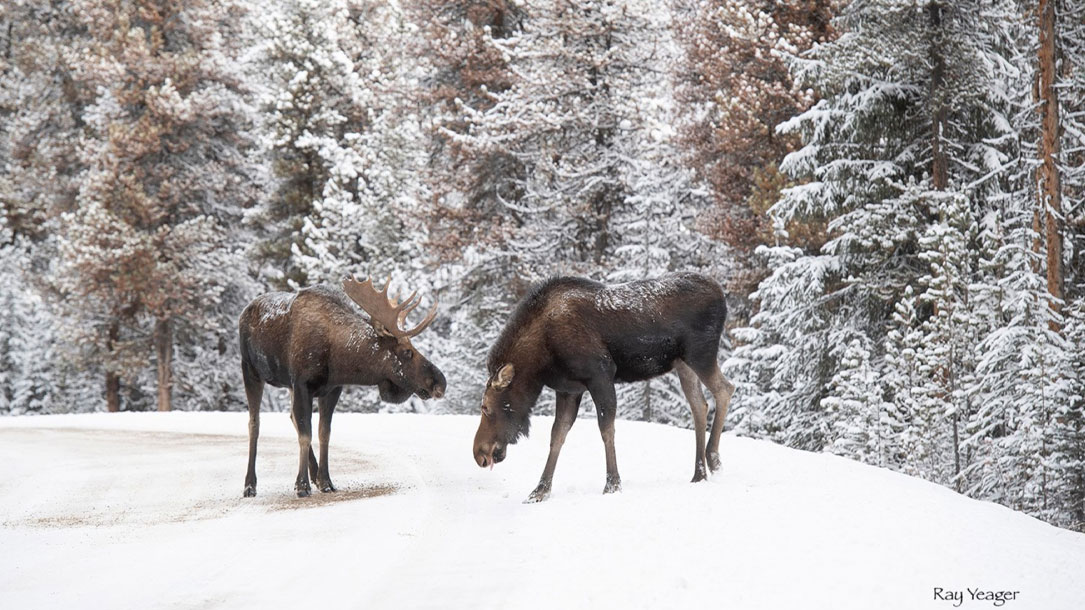
Reflections for land trusts, December 2018
I want to take a moment and say I’m thinking of all those who have dealt with horrific fires and extreme weather recently. It’s mind-boggling, and despair, even from afar, can be overwhelming.
Combine that with the recent report from the Intergovernmental Panel on Climate Change, and I’m witnessing considerable discussions at the land trust level wondering what they (we) can do to help slow down climate change in a meaningful way.
With as little as 10 – 30 years to make a significant difference—or risk massive species die-off, loss of agricultural lands, forest loss, and extreme weather—I applaud the realization that we can’t continue to conserve land as if climate change is a distant issue.
So, what can you and your local land trust do? Talk about it. That’s a critical step. Connect with shared values. Give people steps they can take (and not just supporting your land trust). Consider push-back, and help people see the connections.
You’ll be helping to end the “cone of silence” and connect the dots to what people care about. As you will see below, the majority of Americans want climate action. They also need help understanding what they can do to help.
You can also put your values where your money is and then talk about it, like Kestrel Land Trust is doing (see below). Thousands of individuals, colleges, nonprofits, and for-profit businesses are now divesting for financial, as well as ethical reasons. It’s a good way to inspire others and to grow the conversation.
Do you have a suggestion on topics or examples for the next Land Trusts Taking Action on Climate Change e-News? If so, send me an email. I’d love your ideas. I’ll be thinking of you over the holidays; I appreciate your willingness to take action.
Best,

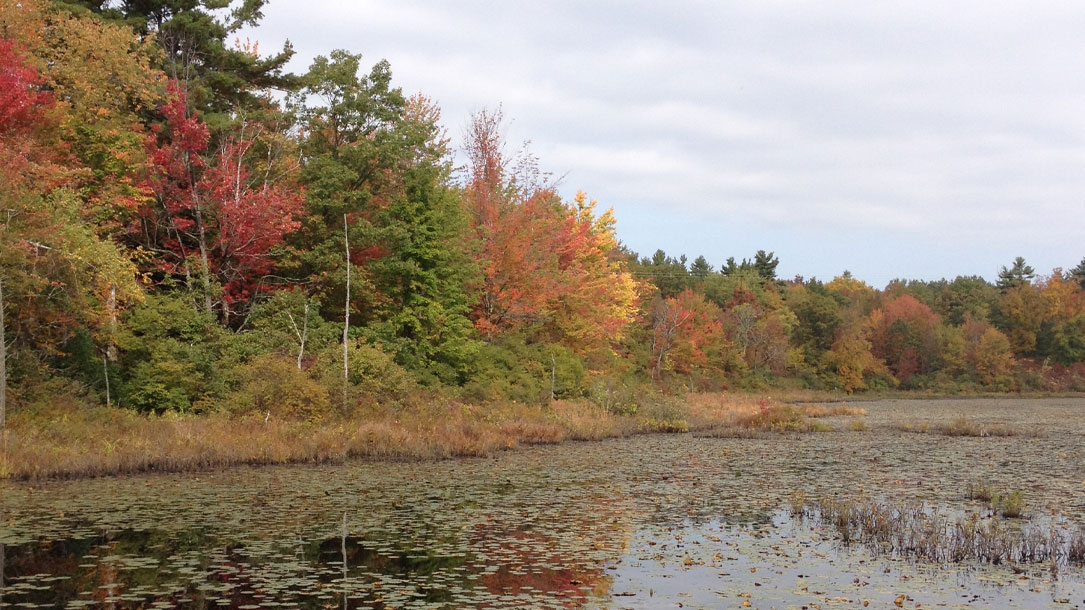
Reflections from Judy, November 2018
You probably heard about a sobering study that was released recently about the limited time we have to slow climate change down in a meaningful way (see below).
As a result I’m hoping that you and your local land trust are pondering what you can do beyond your current land conservation work to slow climate change down. Certainly, identifying ways to increase carbon sequestration at a faster rate, like the carbon farming featured below, or enhancing soil carbon with forests and prairies, is a very important approach.
However, given the seriousness of the situation, communicating the need for renewables, energy conservation, and how they are part of the conservation solution will be important to encourage and inspire support for local, regional, and state-wide initiatives – and conservation approaches. Check out the article on how solar could benefit agriculture, for example. We already know it can benefit pollinators. You and your land trust could start getting those stories out.
The majority of American’s want action on climate change; now we just have to make it a priority and link it to the lands and waters they love.
Best,

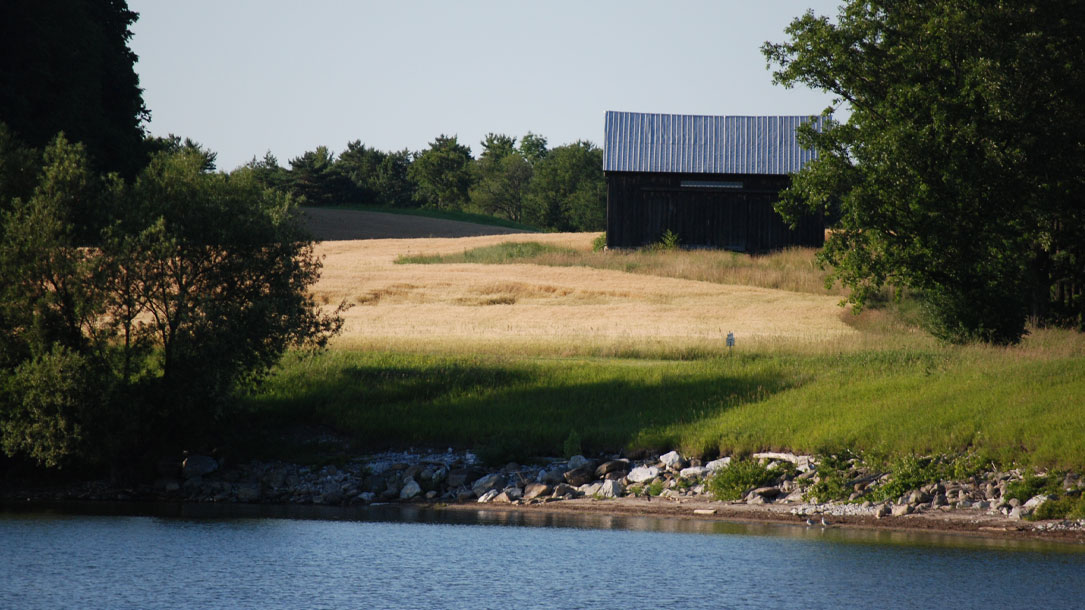
Reflections for land trusts, October 2018
I don’t know about you, but when I heard about the new climate report, it was a tough day to get anything done (if you haven’t read about it you can do so below). Heck. It put a damper on the whole week.
Basically, scientists are confirming what we’ve known for a while—just not this starkly (see this report from the BBC): we’re running out of time to transition from fossil fuels and slow climate change down in a meaningful way.
Communities, species, agriculture, the economy, our health… the list goes on, is at risk.
Land conservation is certainly part of the solution. It can help store carbon dioxide (climate pollution gases) at various levels depending on its use. But it will take a lot more than conservation “business as usual” to make a difference.
Soils continue to be seen as a major solution by sequestering carbon but it will requires a change in approach–not simply conserving more soil as is. That’s why a number of land trusts are starting to focus on enriching the soils of farms/ranches, prairies/grasslands, and forests as part of the effort to “carbon farm” and sequester carbon (see below).
The time has come to change what, and how, we think about conservation in terms of our role in accelerating the pace of transitioning away from fossil fuels. That’s the new conservation 3.0. And it’s happening.
Best,


Reflections from Judy, October 2018
There’s a growing body of research that is documenting that we have a closing window to slow down climate change in a meaningful way.
But that’s not shocking—we have known this for a long time. What is puzzling is how long it is taking the conservation community to see this as part of our job. Conservation groups continue to invest hundreds and even thousands of hours on restoration work, and invasive species removal, when much of that will be lost to unchecked climate change.
Even the monarch and milkweed planting efforts are at risk with research now documenting that climate change can turn those plants into poison for monarchs.
The pledge to conserve land and water in perpetuity is getting a reality check. I’m hoping that these articles will help conservationists like you, and conservation groups such as your local land trust, recognize that the time is now, and that business as usual just won’t be enough.
The good news is that land conservation groups can adapt, and refocus, to prioritize efforts to slow down climate change. And many are doing just that; often it’s a paradigm shift.
I appreciate the emails and calls that I’m receiving—get in touch if you have ideas or want to chat. It helps to build a sense of collective action. We can do this.
Best,

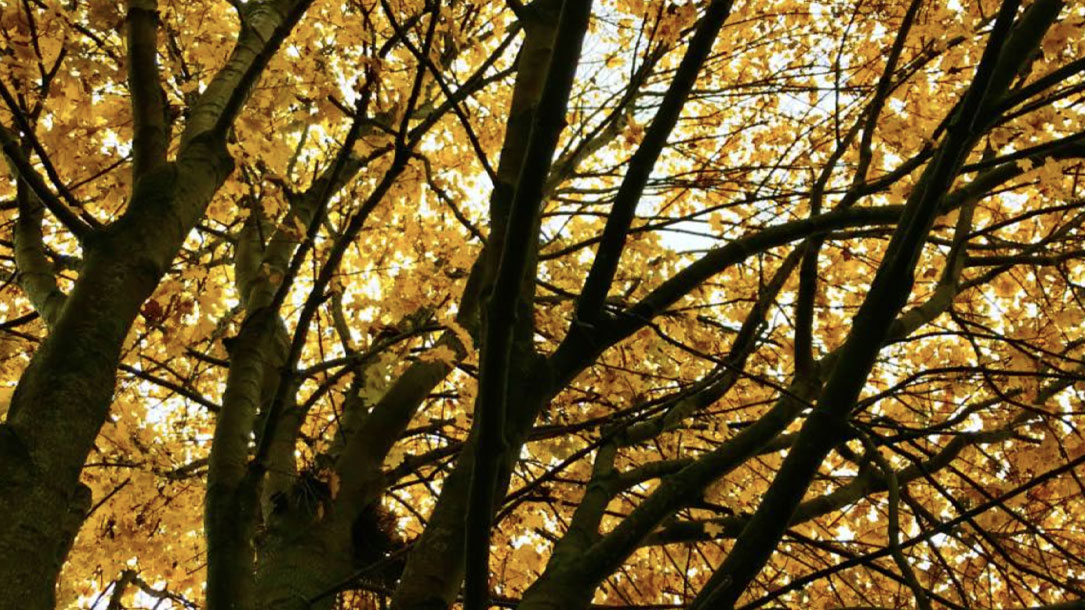
Reflections for land trusts, late September 2018
As fall picks up speed, it’s a great time to think about what you as a conservationist, and your local land trust, could do in the coming year to help slow down climate change.
This e-news depicts three different land trusts doing just that:
Promoting the need to slow down climate change, working with their communities to find solutions, and raising the issue through partnerships and policy work.
It’s encouraging to see how land and water conservation organizations are recognizing that “business as usual” won’t protect and conserve what we have all pledged to care for. I’m hoping some of these examples will provide inspiration for you in the coming year.
Best,




